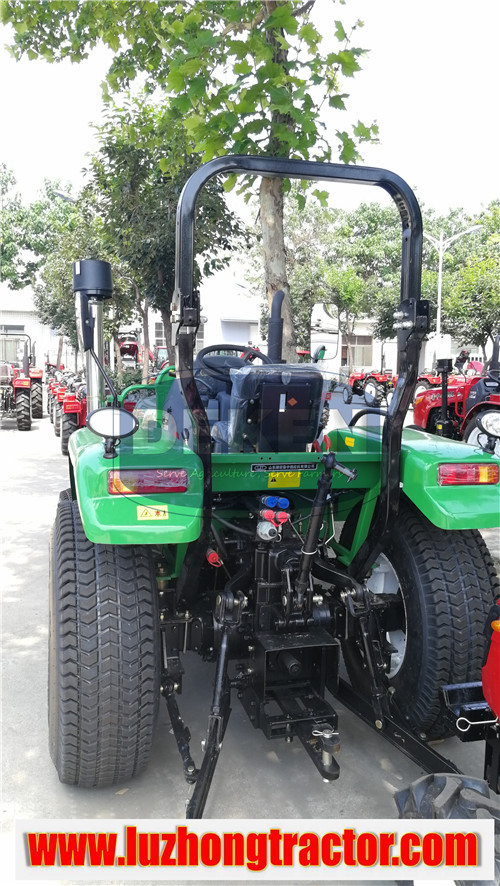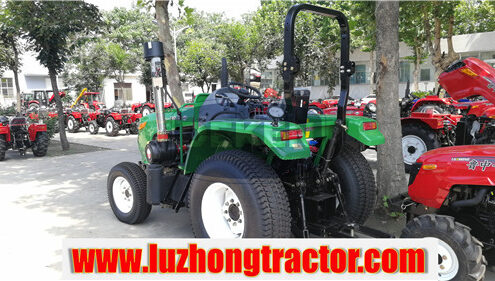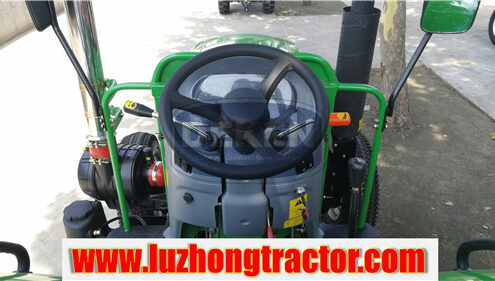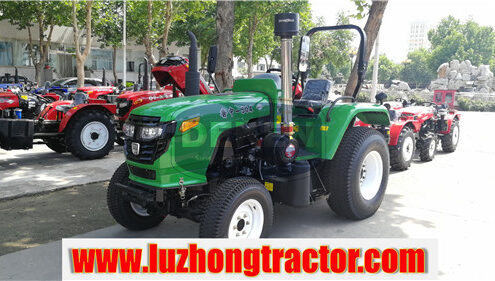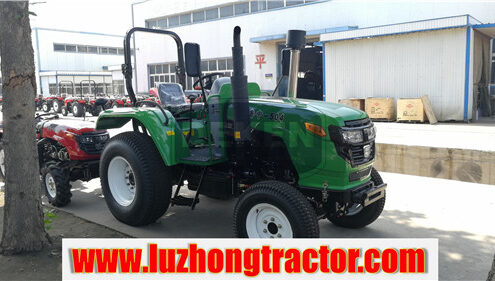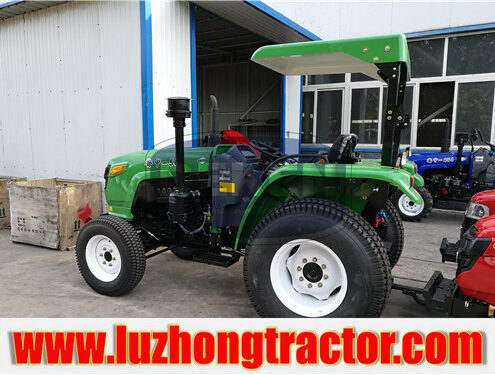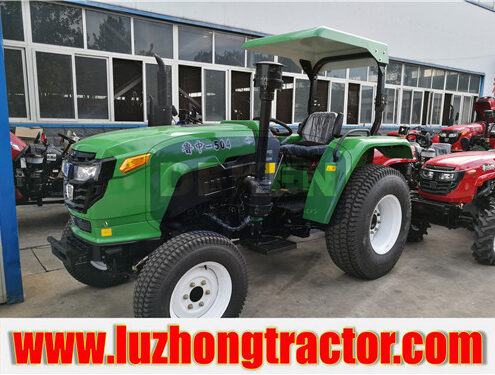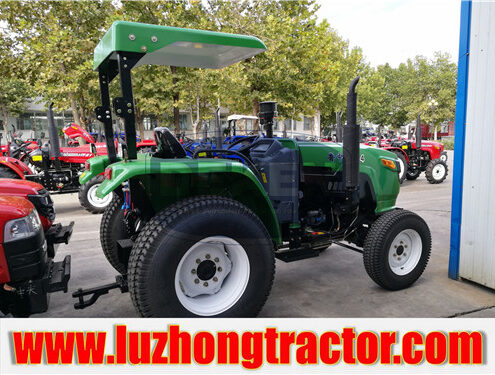Troubleshoot common faults in tractors
Author:Ricdro
- The high pressure oil pipe wears and leaks oil. Wear and oil leakage occurs at the joints between the nozzles at the two ends of the high-pressure fuel pipe of the tractorand the fuel injector and the oil outlet valve. A round copper skin can be cut from the waste cylinder gasket, and a small hole is slipped in the middle, and the pad is placed between the craters. You can solve your eyebrows.
- Sudden shortage of oil supply. In the operation of the tractor, there is insufficient oil supply. After the exhaust air is replaced by the plunger and the fuel injector, it still does not work. That is, the small steel ball in the fuel injection needle ejector of the injector is eccentrically caused to prevent the spray from being atomized. At this point, you should change a small steel ball. If you don’t have it, you can use a bicycle flywheel steel ball instead.
- The steering wheel is shaking and the front wheel is oscillating. There is a steering wheel shake and a front wheel shaking phenomenon, mainly due to improper positioning of the front wheel and a small caster angle. In the absence of instrument detection, try to add a wedge-shaped iron piece to the rear end of the leaf spring and the front axle support plane, so that the front axle rotates backward, then increase the caster angle, and then return to normal after trial operation.
- Free jump after shifting. During the operation of the tractor, there is a phenomenon of free jump after shifting, mainly due to the wear of the fork shaft groove, the weakening of the fork spring, and the excessive clearance of the link joint. At this time, the repair positioning groove, the replacement fork spring, and the gap of the connecting rod joint should be used, and the normal shifting can be ensured after the gear is in place.
- The performance of the oil pump is poor. In order to solve the problem that the locomotive does not come up with oil after the overhaul or overhaul of the locomotive, the oil filter or the oil discharge pipe should be removed, and then the oil is filled from the oil outlet of the machine with the oiler, and the filter is immediately installed. Or the oil pipe leading to the oil indicator, the oil will be pumped up after starting.
- Hydraulic oil pipe fatigue damage. Due to frequent oil pressure changes and high oil temperature, hydraulic oil pipes cause frequent wall tension and are prone to fatigue damage. In order to effectively extend the service life of the hydraulic oil pipe, it is preferable to use a fine wire to burn the spring into the oil pipe for support.
- The brake of the hydraulic brake locomotive is invalid. Carefully check the brake master cylinder and the sub-pump, replace the brake oil on time, completely remove the air from the brake line, and check if the brake pedal meets the scientific height. The locomotive that is pneumatically braked should check the maximum brake working air pressure and check whether the brake cup and hose are abnormally changed.
- diesel engine burning oil blue smoke. Diesel engine oil is blue smoke. In addition to checking whether the cylinder liner piston group is worn, whether the piston ring spring force is weakened, whether the oil pan oil is excessively added, and the air filter oil surface is too high, the problem is still not solved. The potential cause of the excessive clearance of the rod and the valve guide.
- he scale caused by excessive engine temperature. The engine cooling pump scale will cause the engine temperature to be too high, accelerate the wear of the parts, reduce the power, and burn the oil of the lubrication pump. The most scientific method is to pick two large loofahs, remove the skin and seeds, clean them and put them in a water tank. Regularly replace them to remove scale. The water in the water tank should not be changed frequently. Changing the service will increase the formation of scale.
- the inner tube is slowly sown. When the rubber inner tube is slowly squirting, the inner tube air should be exhausted as much as possible. Use a hard paper as a funnel to insert the valve into the valve. Take two tablespoons of talcum powder and pour it into the inner tube. After finishing, install the valve core to fill the gas according to the standard. The talcum powder adheres diffusely on the sidewall of the tire after it is dispersed in the tire, which can effectively prevent the tiny pores from spreading slowly, and the effect is very good.

